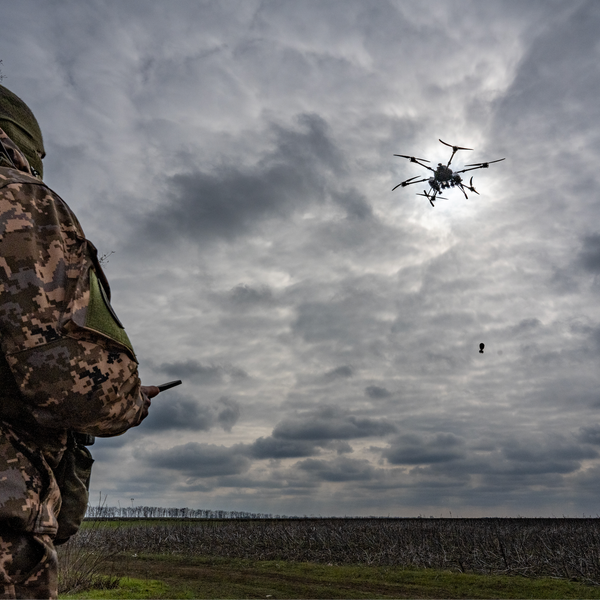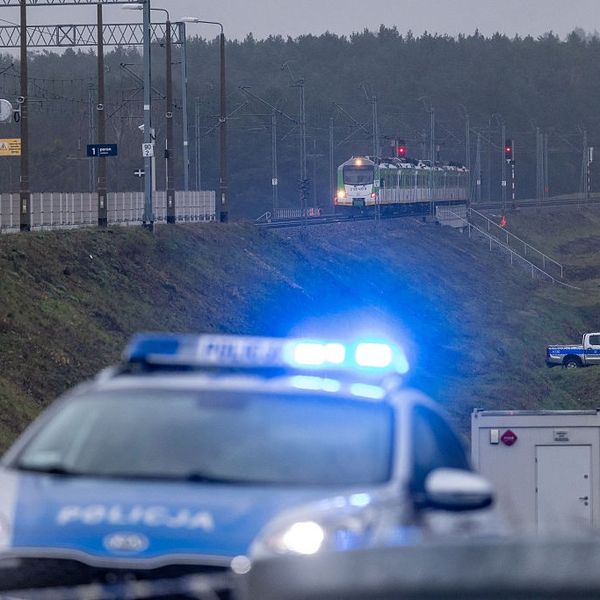OPINION – Russian President Vladimir Putin is making his threats to use nuclear weapons clear. He recently elaborated on those threats after Russia’s recent humiliating military setbacks in the Ukraine, following a loss of previously captured territory.
Putin stated that Russia would use all available military means to protect its territory, saying, “This is not a bluff. And those who try to blackmail us with nuclear weapons should know that the weathervane can turn and point towards them.”
While this is not the first time since the Russian invasion of Ukraine in February 2022, that Putin or other senior Russian officials have made such threats, given the sense that Putin (and Russia) are increasingly backed into a corner due to military defeats, sanctions, and more domestic disruption, they are raising alarm bells in the West and are being taken seriously.
In order to understand Putin’s mindset and to effectively combat these threats, America and its allies require clear-headed analysis, both in understanding who Putin is and how he thinks, and how his sensibility fits into Russian doctrines of psychological warfare and other asymmetric, gray zone tactics.
While such tactics may come across as seemingly desperate, when looked at rationally, through Putin’s eyes, they make perfect sense.
Leadership analysis of Putin’s long tenure as Russia’s President, and his previous roles in politics and in the KGB, reveal a ruthless, highly-intelligent, resilient, and persevering leader who has successfully used a whole of government approach – diplomacy, intelligence, cyber, information warfare, assassinations, military actions, and economic policy – to achieve numerous successes over the past 22 years.
His recent disastrous strategic intelligence failure in the Ukraine should not cause outside observers to doubt his capabilities and to bounce back. While many have offered psychological commentary about Putin’s reactions to being cornered – the famous story of chasing a rat in a stairwell as a child in his family’s kommunalka, or psychoanalytic commentary about ‘narcissistic rage’ - caution is warranted. Such theories offer less illumination than appears on the surface. To understand and to counter Putin, it’s more about Sun Tzu, and less about Freud.
Dealing with Putin today is less about traditional diplomacy, and more about understanding a nuclear-armed hostage taker. To do so effectively, one must utilize what former FBI hostage negotiators Gary Noesner and Chris Voss call “tactical empathy.” This means empathizing and understanding Putin’s view of the world, and how he sees both himself and Russia, which he proudly leads. The fact that Putin’s threats and current strategies are bound to fail doesn’t mean that we can ignore them – or him.
The Cipher Brief hosts expert-level briefings on national security issues for Subscriber+Members that help provide context around today’s national security issues and what they mean for business. Upgrade your status to Subscriber+ today.
What else might Putin resort to? He has already called up a large, partial mobilization of 300,000 men, which has backfired and caused domestic chaos and dissent. The Russian brain drain tragically continues, with nearly 200,000 young, talented Russian citizens and their families leaving for other countries. Recent sabotage of the Nord Stream pipeline might be another tactic, as Europe’s cold winter approaches. Further cyber-attacks and sabotage of Ukrainian infrastructure (including the Zaporizhzhya nuclear plant, as well as mining of the Black Sea ports) remain alarming possibilities. While the Pentagon has not - to date - seen evidence of preparation, heightened threat alert, or moves toward Russia’s use of nuclear weapons (including tactical nuclear weapons), Putin has other options.
He could conduct a nuclear test, either above-ground or underground, or launch an [unarmed] ICBM. In this sense, Putin would be borrowing from tactics used by his North Korean ally, Chairman Kim Jong-un. Such tactics fit into an existing, ruthless paradigm of asymmetric, gray zone warfare which, short of the actual use of nuclear weapons by Russia against Ukraine or any NATO ally, could require comparable, asymmetric responses by America and/or its allies.
What can America and its allies do? Much of this is already occurring, with the Biden administration’s stepped-up diplomatic response and private conversations with senior Russian officials. Given President Putin’s comments regarding his meeting with Chinese President Xi Jinping at the recent SCO conference in Uzbekistan, as well as India’s Prime Minister Narendra Modi’s public admonition of President Putin, having President Biden directly confer with President Xi and Prime Minister Modi to continue to utilize their influence with President Putin is worthwhile. And this should be combined with other forms of quiet, back-channel diplomacy via intelligence, diplomatic, and military channels, both with our and Russia’s allies. Lastly, Senate confirmation of President Biden’s nominee (Ambassador Lynne Tracy) to serve as US Ambassador to Russia should be an urgent priority.
False hopes and media chatter that Putin will step down or be overthrown or worse, are often nothing more than wishful thinking. They have little place in this delicate, volatile, and dangerous time in the history of US-Russia relations. This is a lesson learned well during the fateful days of October 1962, highlighted in Professor Graham Allison and Philip Zelikow’s Essence of Decision: Explaining the Cuban Missile Crisis. The current Ukraine war has already lasted far longer, and it could go on for some time. Therefore, prudence is warranted, now more than ever.
While Putin is ‘losing’ this war, it’s truly a tragic war, with no winners. Ukraine has been destroyed and will require massive reconstruction. And Putin’s strategic miscalculation has undone decades of growth, achievement, and benefits to Russia and its citizens – many of which Putin deserved credit for – in the space of a few months.
A weakened Putin - and Russia - carry potential unforeseen risks, as President Biden correctly noted at the US Embassy Moscow in 2011, when he stated that a strong, prosperous Russia is in America’s national interest. This remains true, and it may be an opportune moment where it’s better to let the bear run out of its cage and back into the forest. President Biden must provide ongoing support to Ukraine, realizing that time and diplomacy are on our side, while maintaining resolute focus on a positive outcome, rather than ‘victory,’ just as President Kennedy did in 1962, during those fateful 13 days.
Read more expert-driven national security insights, perspective and analysis in The Cipher Brief












